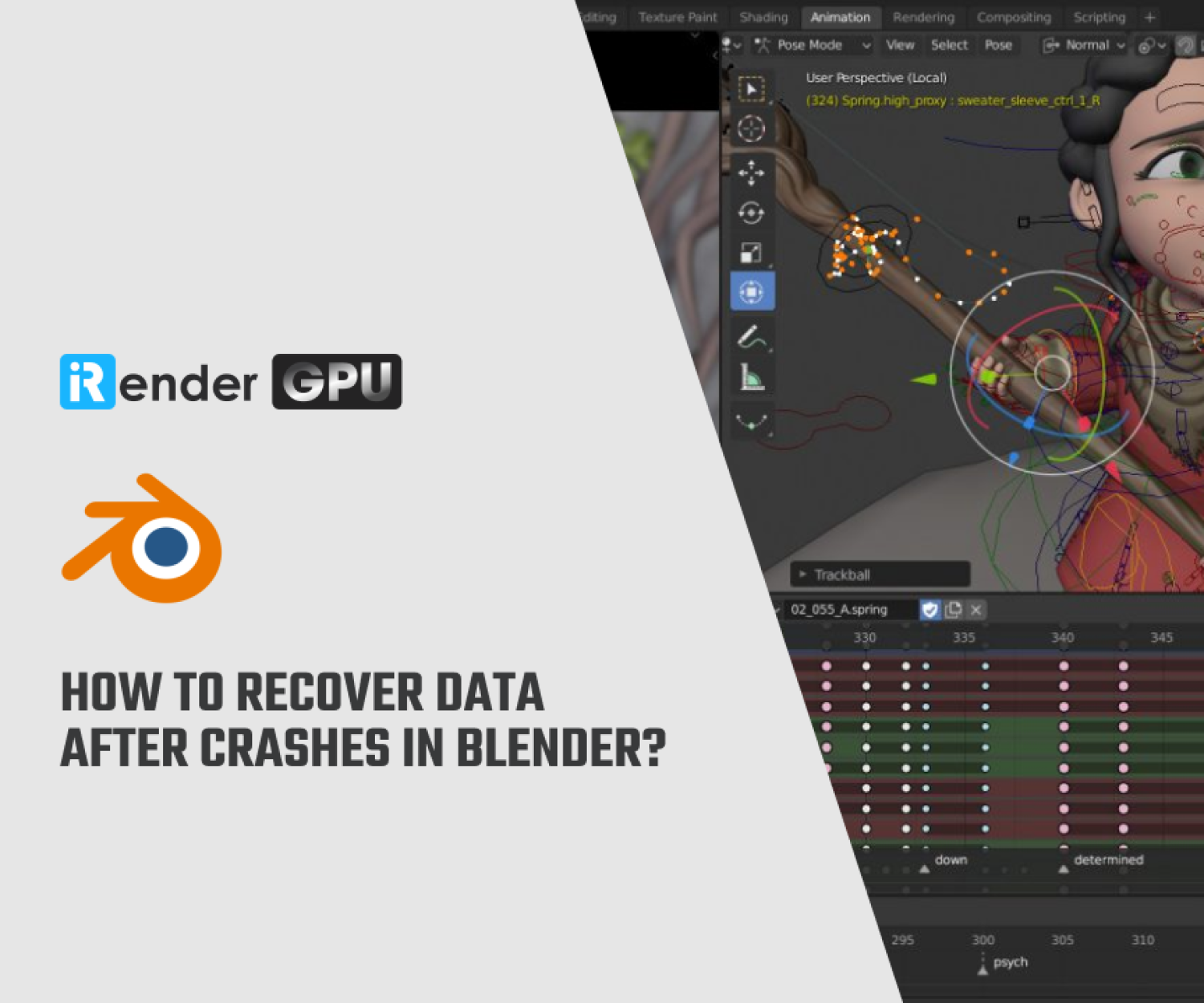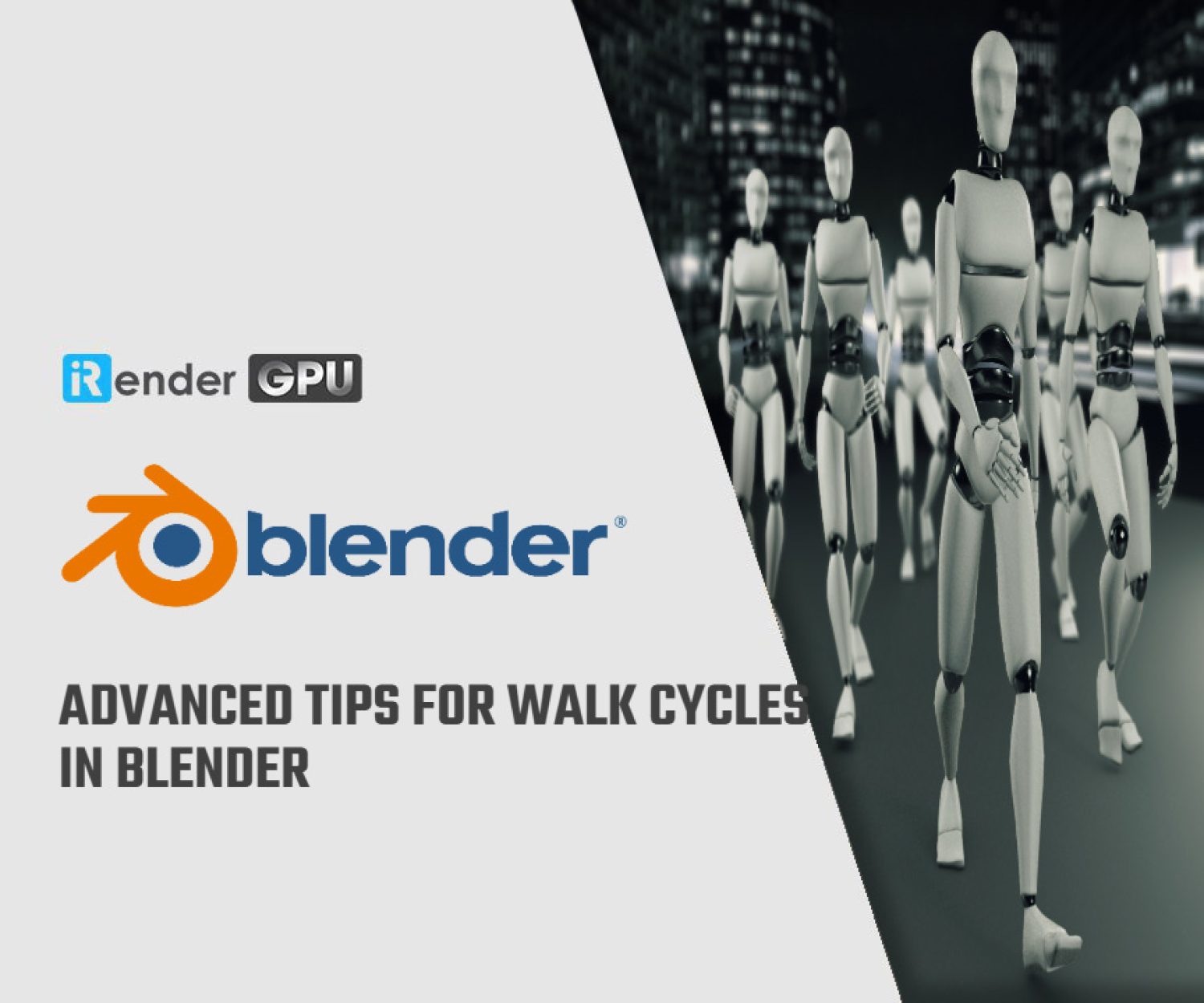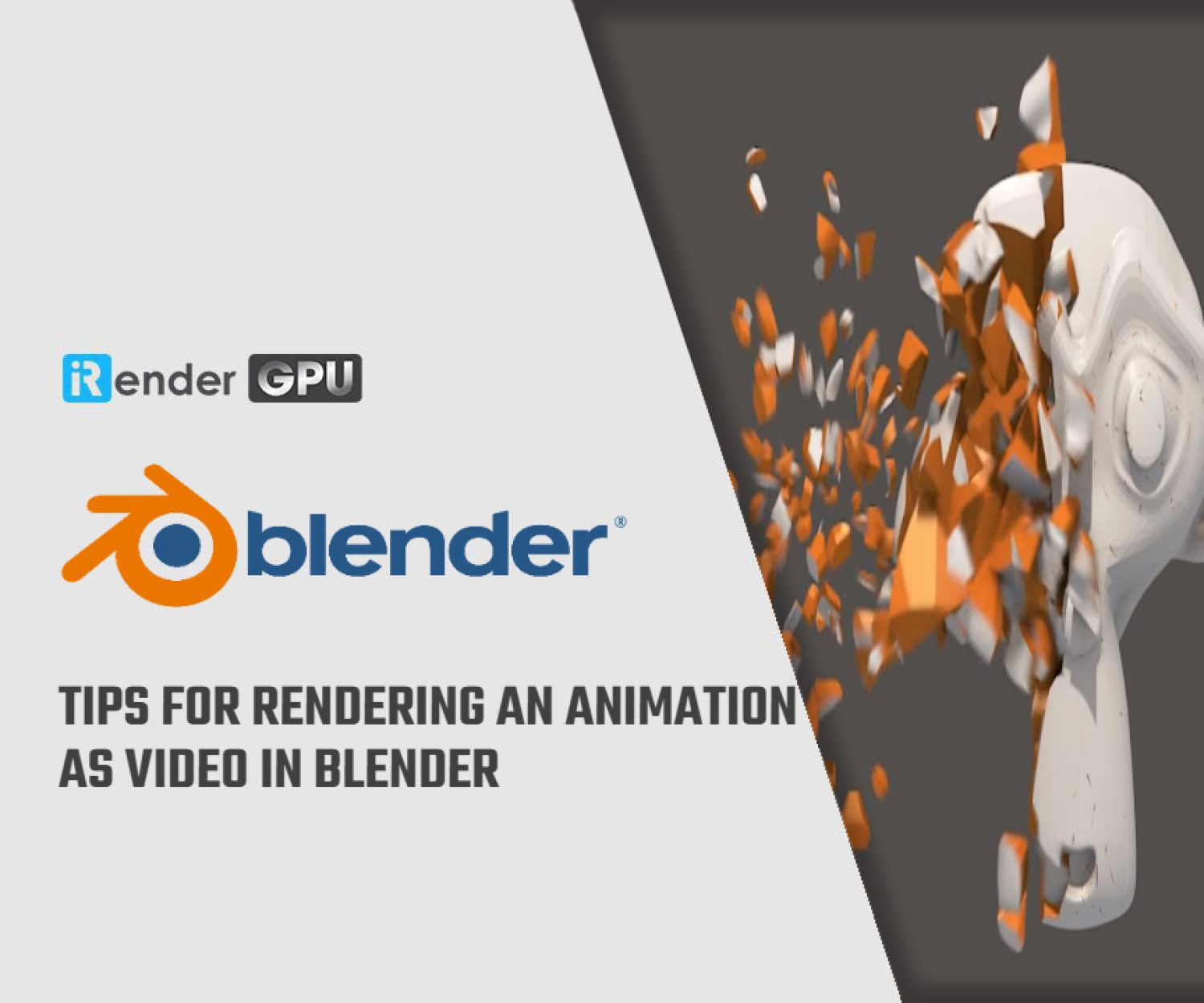Cycles and Eevee: which renderer should we choose?
Cycles and Eevee are the two main rendering engines in Blender, a widely used 3D software. Each excels in different areas, so the right choice depends on the visual outcome you’re aiming for. In this article, iRender will discuss their typical differences and when each engine should be chosen.
Understand the differences between Cycles and Eevee
Cycles - Physically-based path tracer
- Realistic rendering
Cycles uses path tracing to deliver photorealistic results by simulating how light behaves in the real world. This advanced technique calculates the paths of light rays and their interactions with surfaces, producing highly accurate lighting, shadows, and reflections. For that reason, Cycles is favored for realistic renders such as architectural visualization, product design, and cinematic animation.
Another key feature of Cycles is Denoising, which can reduce noise on the render result from the path-tracing process.
- Hardware utilization
Cycles supports both CPU and GPU rendering and even allows multiple GPUs for improved performance.
Interestingly, some iRender users have found that GPU-only rendering sometimes outperforms combined CPU+GPU setups. Therefore, using one or more powerful GPUs is generally recommended.
- Versatility
It’s great that this open-source, physically based renderer is not limited to Blender. Other 3D software users can still use Cycles to render via the plugins, such as those for Cinema 4D, 3ds Max, or Houdini.
- Hardware requirement
Realistic rendering with path tracing is computationally demanding, especially with complex scenes or high-resolution outputs. It greatly benefits from high-end graphics cards, such as those utilizing NVIDIA RTX technology. Path tracing also uses significant memory for storing textures, acceleration data, and geometry, while managing noise and sampling adds further complexity.
Platforms like iRender offer robust setups with powerful RTX GPUs (e.g., RTX 3090 or 4090 with 24GB VRAM), minimizing hardware limitations for Cycles users.
- Render speed
The main drawback of Cycles is its slow render speed. Because it calculates lighting and detail at such a deep level, it takes much longer to render scenes compared to real-time engines.
Eevee - Real-time render engine
- Real-time rendering
Eevee uses rasterization to render in real-time, translating 3D geometry into 2D pixels quickly and efficiently. This makes it ideal for interactive applications like video games.
Eevee is an excellent match for game developers due to its compatibility with real-time engines. It also serves well for previewing materials, lighting, and camera angles before switching to Cycles for the final render.
However, due to its rasterization approach, Eevee can struggle with replicating highly realistic effects such as accurate shadows, reflections, and refractions. While it may not match Cycles in realism, you can still fine-tune Eevee renders to achieve visually pleasing results. The article “Blender Eevee vs Cycles 2024” from RenderGuide covers helpful adjustments.
- Blender-only render engine
Unlike Cycles, Eevee is built exclusively for Blender and can’t be used with external 3D tools.
- Hardware requirement
Eevee uses only the GPU for rendering and doesn’t natively support multiple-GPU setups without custom configurations. However, its rendering speed is so fast that multiple GPUs are typically unnecessary, and its hardware demands are significantly lower compared to Cycles.
- Toon shading
Eevee is a great choice for stylized and cartoon-like renders because it supports toon shading, which simulates the look of 2D animation in 3D.
- Rendering speed
Eevee outpaces Cycles in rendering time by a wide margin. For example, iRender’s test using Blender 3.5 on a 550-frame animation (24fps) showed Eevee completed the job in 1 hour 43 minutes, while Cycles took nearly 5 hours. For simpler, low-poly projects, Eevee can be even faster.
You can see the test at the end of the article.
Conclusion
The primary distinction between Cycles and Eevee lies in render quality and speed. Eevee is extremely fast but compromises on realism, making it suitable for stylized or illustrative work. In contrast, Cycles produces lifelike results at the cost of longer render times. If your style leans toward cartoon aesthetics, Eevee might be the more fitting option, just as seen in Daniel Bystedt’s “Splash Fox” render above.
You might want to read: How to optimize Blender Cycles and Eevee for fast rendering.
Which one should we choose?
As discussed earlier, both Cycles and Eevee offer unique strengths. The right choice ultimately depends on your workflow and the kind of results you’re aiming to achieve.
Choose Eevee when:
- You need fast previews during modeling or want to set up your scene before final rendering in Cycles.
- Your project features stylized or non-photorealistic visuals.
- Real-time performance and speed are top priorities.
- You’re working on game development or interactive content.
Choose Cycles when:
- You require high-quality, photorealistic renders (still images or architectural visualization).
- Accurate lighting, reflections, and ray-traced effects are essential to your work.
- You’re willing to sacrifice render time for top-tier visual results.
Fast rendering with Blender Cycles and Eevee on iRender’s servers
iRender provides private high-configuration machines with upmarket specifications that excel in rendering, like AMD Ryzen™ Threadripper™ PRO 3955WX @ 3.9 – 4.2GHz or AMD Ryzen™ Threadripper™ PRO 5975WX @ 3.6 – 4.5GHz, 1/2/4/6/8 x RTX4090 or RTX3090, RAM 256GB, Storage NVMe SSD 2TB.
Why can iRender be a great render farm for you?
In addition to high-configuration servers, iRender provides many other utilities to provide the best user experience.
- Dedicated server for individuals: You have full control and access to the server you rent. The working environment (installed apps, files) will be stored for the next use.
- Easy and free file transfer between your computer and iRender’s server: The transferring task can be done via iRender GPU application for Windows and the iRender Drive application for MacOS.
- 24/7 assistance: iRender’s attentive agents are always ready to support all your queries.
- All software compatibility: iRender’s PCs are built to meet the configuration needs of all 3D software and rendering tools at a variety of cost levels for users to choose from.
Let’s see how fast Blender renders on iRender’s machines!
New users will get a 100% bonus for the first transaction within 24 hours of their registration. No minimum amount!! If you top up 50$, you will get 100 points in total to hire our machines.
If you have any questions, please get in touch with me through email [email protected] or our 24/7 support team for a quick response.
Thank you for reading
Information source: Source: Blender, Blender Artists, Yarsa Labs, Render Guide, Cable Matters
Related Posts
The latest creative news from iRender Cloud Rendering for Blender










